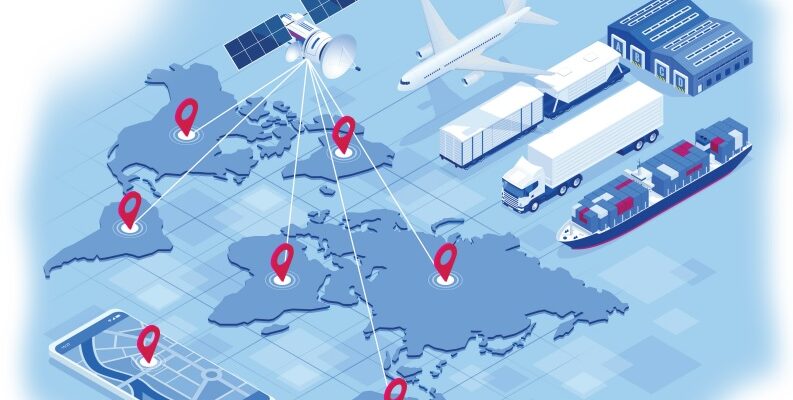As the pioneering satnav program celebrates half a century of success, it must overcome setbacks to its modernization plans in order to pull off a new era of global PNT leadership
A year is often considered a long time in the world of technology. So, if there was a sure-fire formula for staying relevant in our fast-changing digital world, it would exactly look like what the Global Positioning System (GPS) has achieved in the last five decades.
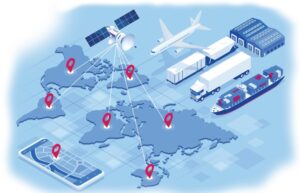
The GPS L5 signal can improve aviation safety and vehicle fuel efficiency, as well increase location accuracy without augmentations.
Since the approval of the original project (named NAVSTAR) by the U.S. Department of Defense in 1973, up to its eventual authorization for civilian use in 1983, the GPS as we know it has served more than a billion people worldwide. This astounding number of users can be attributed to the countless industries that the first satellite navigation technology itself fostered over the years. From surveying to construction, agriculture, finance, transportation, communication, and other critical services, our modern economy hums along due to the position, navigation and timing (PNT) signals provided by the GPS.
Dr. Bradford Parkinson, the “Chief Architect of the GPS” at NAVSTAR, foresaw the potential uses of the technology from the very beginning. He once said in an interview that he drew sketches of the future applications of GPS such as in a car navigation system, in semi-automatic air traffic control, as well as in wide-area vehicle monitoring. A few years later these products eventually became real. Thus, for their pioneering satnav work, Parkinson and colleagues James Spilker, Hugo Fruehauf, and Richard Schwartz received the prestigious Queen Elizabeth Prize for Engineering in 2019.
Although initially designed for military use, the GPS has now become an essential part of today’s civilian world. According to a report by RTI International, an independent research institute, the U.S. private sector alone has gained $1.4 trillion worth of economic benefits since the GPS was made available to the public. Such is the dependence of the country to GPS that losing it would cost the economy $1 billion per day, reckons the authors of the paper.

Launch of the latest GPS 3 satellite in January last year from the Cape Canaveral Space Force Station. (Image courtesy of Lockheed Martin)
Aside from the potential economic impact, a GPS blackout would also affect the country’s defense activities and those of its allies. That’s why for more than two decades, the U.S. government has been supporting the modernization of the GPS program not only to continuously provide accurate and secure GPS signals to the public but also to maintain the country’s leadership over the use of global navigation satellite systems (GNSS) in an era when other nations have already started operating their own similar satnav programs.
With so much at stake, the U.S. Army decided to handover the GPS program to a separate military division to effectively consolidate all of its space activities under one organization. Thus, in 2021, the now 50-year old satnav system saw its transfer to the U.S. Space Force, the newest branch of the Armed Forces and the world’s first space force. The responsibility to operate the GPS program and oversee its modernization was moved from the Air Force to the Space Force’s Space Systems Command. Last year, the U.S. Congress earmarked $1.8 billion to fund the Space Force’s core satnav activities, including the operation of GPS’s two main segments: space (the constellation of GPS satellites) and ground control (the command centers that control the satellites).
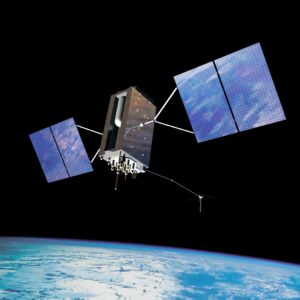
One of the recently launched GPS 3 satellites in space. (Image courtesy of GPS.gov)
Decades in the lead
Out of the two segments undergoing modernization, it is the space section which has had a clear head start. Way back in 2005, the very first modern GPS satellite capable of transmitting a new civil signal (called L2C) was successfully launched into orbit and ushered in a new era of location-based services.
L2C is a very special GPS signal designed for the civilian commercial market. It delivers faster signal acquisition and greater operating range even when receivers are under a tree canopy or indoors. Such capability was developed just in time when the demand from portable mobile devices including smartphones, vehicle navigation systems, and survey-grade GNSS receivers was growing.
Today, the L2C signal is estimated to generate $5.8 billion of financial returns as GPS further drives the advancement of new markets and services. The enormous economic value that GPS technology brings has surely made it harder for us to think of a future without a dedicated civilian satnav utility that can support various commercial activities.
However, not all of the current 31 satellites in the GPS constellation are fitted with the L2C civilian signaling capability. The space segment right now comes from four different generations of satellites, each with its own technical capabilities and design lives. Six satellites launched between 1997 to 2004, for example, are still operational in space and can only transmit older and non-L2C legacy signals, consequently depriving modern users of the full spectrum of GPS capabilities. These satellites are already operating beyond their designed lifespan of 7.5 years and are fortunately on the chopping block under the latest GPS satellite acquisition packages.
The satellite modernization program dubbed as the GPS 3 (or Block III), and its sequel GPS 3F (Follow On), will replace the legacy GPS spacecrafts with up to 32 new satellites. These new satellites will not only have a longer operational lifespan of 15 years, but they will also carry payloads that have more advanced satnav signaling technologies. Aerospace company Lockheed Martin is manufacturing the new satellites, 10 of which are already built.
Aside from offering three times better signal accuracy, the new GPS satellites will provide security with up to eight times improved anti-jamming capabilities. A new civilian-grade signal called the L1C will also be transmitted, and it will offer powerful signals for civilian users even in densely built-up urban areas. The L1C will also be compatible with other GNSS, including Europe’s Galileo and Japan’s Quasi-Zenith, making the satnav signals even more robust in these regions.
Another modern feature to look out for in the new GPS 3 satellites is their modular design which will allow flexibility for integrating newer components during repairs and upgrades, effectively making the new GPS satellites future-ready.
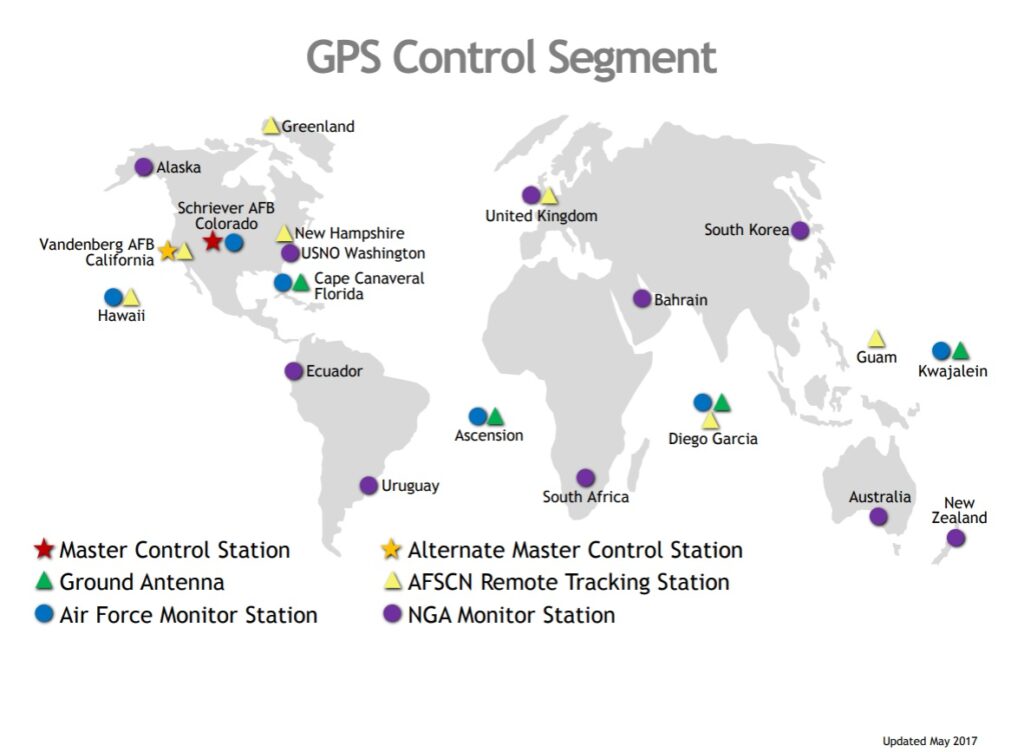 Who Will Benefit from a Modern GPS
Who Will Benefit from a Modern GPS
Upgrading the PNT signals transmitted by the modern GPS system will definitely benefit everyone, much as its previous legacy iteration has sustained various sectors for the last decades. But the higher accuracy offered by the new GPS 3 satellites will surely have a more positive impact in industries such as land and marine surveying projects, cadastral surveying and mapping. The surveying profession was one of the first GPS-based markets that expanded in the 1980s at a time when the availability of satellite signals was limited, thus any improvement on GPS technology right now will make the surveying sector grow and improve even more.
Also worth anticipating is a boom in industries that require centimeter-level accuracy for their day-to-day operations. Robust GPS signals will benefit auto-steering and manual machines in the agriculture, forestry, and mining sectors, while also positively improving the measuring and monitoring devices used in the fields of construction, energy, and transportation.
For example, there is a growing niche in the structural monitoring of roads, bridges and dams which require high accuracy GPS receivers to detect the slightest structural deformations.
Vehicle navigation is also expected to improve, especially with more GPS satellites in orbit that can support safer turn-by-turn routing, even in urban areas where GPS signal degradation is strong due to the signal interference and attenuation caused by tall buildings and other infrastructure.
Another positive effect will be felt in traditionally GPS-poor areas (mountains, seas) with the introduction of new search and rescue payloads in all the new GPS 3F satellites. Distress signals relayed to GPS ground stations will make it possible to receive prompt emergency response for all civilians as the new GPS 3F satellites connect for the first time to the Cospas-Sarsat system, the world’s largest satellite-aided search and rescue (SAR) initiative.
Last but not the least, the GPS 3 navigation payload has a new digital payload design ensuring flawless atomic clock operations. Data communication networks, power utilities, financial systems, or just about any industry that uses GPS to timestamp their transactions, will benefit from this advanced timing feature.
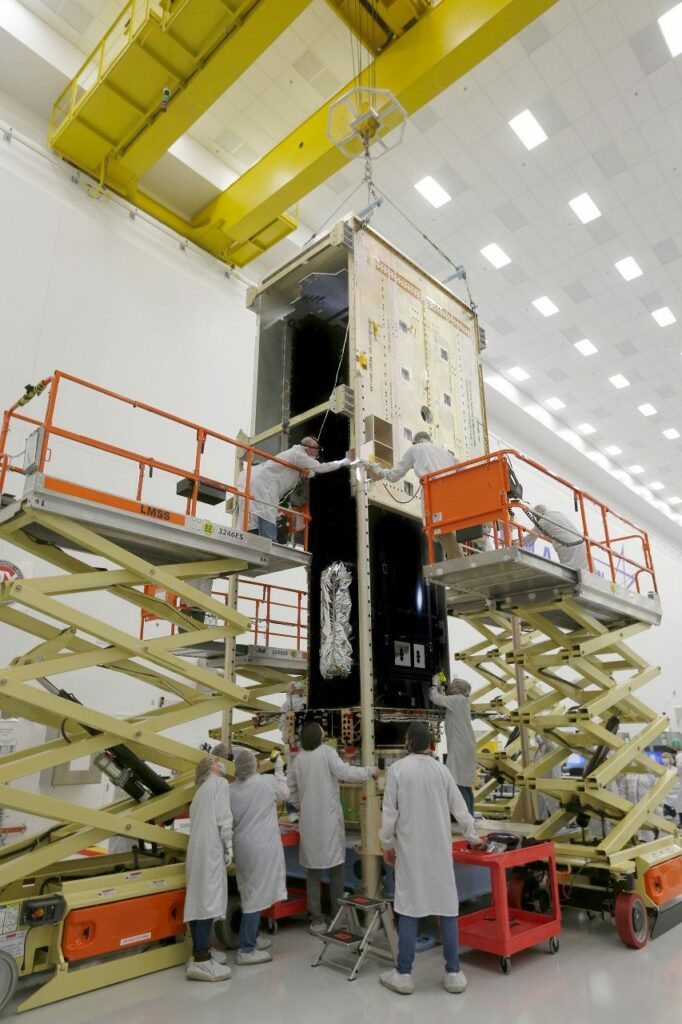
The 10th GPS 3 satellite under construction. (Image courtesy of Lockheed Martin)
Setbacks despite progress
When the GPS modernization program was approved in 2000, it included not just updating the GPS satellite constellation but also improving the other important segment operated by the Space Force: the ground control system. This part of the program, however, has been suffering delays according to last year’s report by the U.S. Government Accountability Office (GAO).
Since 2010, the Defense Department has been running the modernization of the ground control segment through the GPS Next Generation Operational Control System (OCX) program. This includes a series of upgrades not just on the control software but also on the hardware components in all the ground control monitoring facilities worldwide.
While legacy GPS satellites can be monitored by the currently existing ground control stations, the newer and more advanced GPS 3 spacecrafts will require the latest OCX in order to deliver the promised improvements and increases in PNT performance.
But the GAO report reveals that the modernization of the ground control segment is held up by “challenges to software development, schedule compression, and training” consequently bogging down the modernization schedule. The release of a working OCX segment on the ground needs to catch up with the launch of GPS satellites in space.
Further delay in the OCX roadmap also affects the functional transmission of another useful GPS civilian signal, the L5. This radio band can improve aviation safety and vehicle fuel efficiency, as well increase location accuracy without augmentations. Although it is already being broadcasted from several GPS satellites, the full diffusion and use of the L5 signal is still considered pre-operational until the OCX-capable ground stations are completed.
Meanwhile, other nations are developing their own GNSS at a relatively rapid pace. China’s Beidou, which started its development only in 2000, now has 56 orbiting navigation satellites with the latest one successfully launched in May last year. Europe has also strengthened its own GNSS facility with the release, also last year, of the Galileo High Accuracy Service (HAS) which can deliver an accuracy of 20 centimeters using advanced real-time positioning corrections.
Moreover, Galileo is also the first global satellite constellation to offer worldwide search and rescue capability. Users are also looking forward to the full activation of the Open Service Navigation Message Authentication (OSNMA), which Galileo is developing to prevent GNSS spoofing attacks. It is now in its last stage of testing.
Plodding along
With all these developments in the GNSS community, the Space Force remains confident that the setbacks will be fleeting, at least for the space segment. Six GPS 3 satellites have already been sent into space, with the latest one launched from the Cape Canaveral Space Force Station in January of last year. Other remaining satellites are in their final testing stages awaiting the Space Force to decide their launch dates. And as for the OCX ground segment, fresh funding might be able to help it catch up, especially in the face of a growing constellation of new GNSS providers.
So, while these delays are unfortunate, it is also important that the new GPS system is built right to provide the best PNT services. Modernizing such a complex global utility requires time, and for a technology that arguably invented the future, the lesson of the past 50 years seems to be that it’s always better to work slowly but surely.

